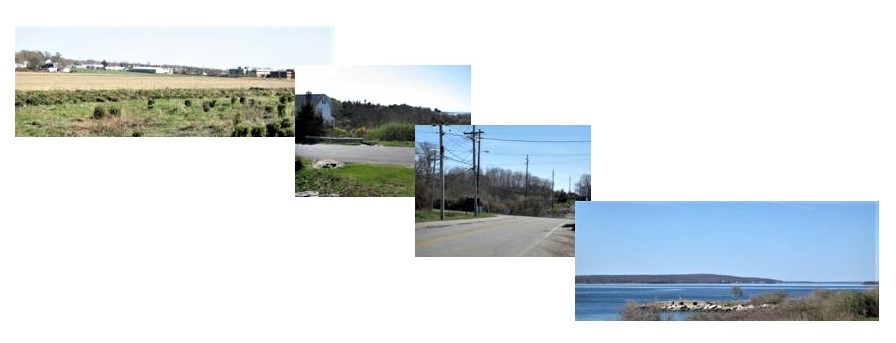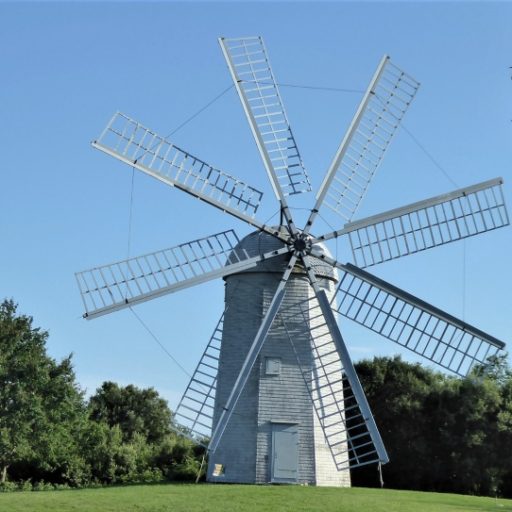Skip to content

by David W Brown Middletown RI April 2023
If you’re trying to reduce runoffs of chemicals, microbes, debris, and soil sediments into Narragansett Bay or one of our drinking-water reservoirs, it doesn’t do much good if just a few landowners and property managers here and there adopt practices to reduce bad runoff. It’s much better to study topographical maps to see where the runoffs are coming from. And learn what kind of stuff is coming from where — farms, a golf course, home subdivisions, shopping malls, public roads, and/or ______? And find out who manages those areas. Then try to create an approach that motivates and enables people in the entire watershed to “do the right thing”.
No land is exactly level! Even a small dip in your own lawn is the part of a watershed. The rain water that collects there has to go some place. Quite a bit might be absorbed right there, if you’re using good soil management practices. If not, some or most of that water (which may pick up residual fertilizers and pesticides) will trickle down-slope, and join other trickles, and become a stream headed for a life of its own.
New techniques for handling storm surges and contaminated runoffs have become feasible, such as:
Rain gardens as part of “Soak Up the Rain” initiatives
Grassed swales to buffer and absorb water downflows
Permeable pavements which can be made from a variety of materials
Bioremediation that makes use of certain plants and microorganisms
How to bring together watershed protection efforts in a cohesive way?
Here on Aquidneck Island it’s a time when groups are trying to do that, such as:
>>The non-profit Clean Ocean Access is monitoring runoff from watersheds, as an integral part of its coastal environmental cleanup program.
>>The Aquidneck Island Planning Commission has sought to improve water-flows quality on a broad scale via the Island Waters Project.
EPA is offering SNEP grants in Southeast New England to help fund watershed management improvements. On Aquidneck Island, this has already been utilized for improvements at Common Fence Point and in the Maidford drainage area.
There are still needs and opportunities to blend wise watershed management with other land-related undertakings.
The cleanups of contamination on old Navy sites near Newport may be an example. I tried to nudge thinking toward that in a 2021 slide talk at a meeting of our Navy Newport Restoration Advisory Board: Please Think Watersheds!


